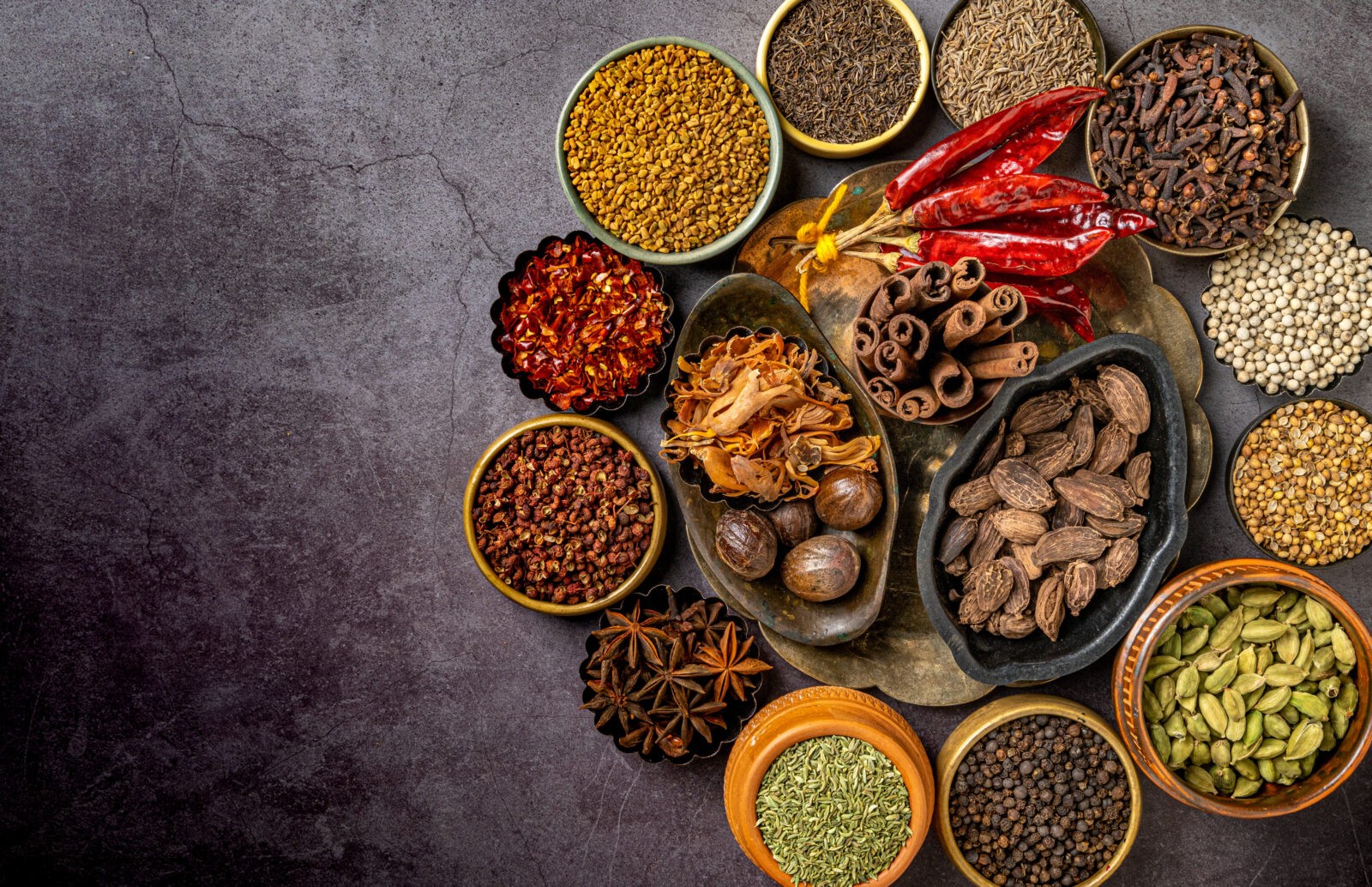With enhanced trade activities around the globe, FIBCs have become more important than ever before. For decades, the storage and packaging of food-related products have been the victim of hygiene and contamination, making safety the foremost concern in the pecking order of priorities.
To put this in perspective, in the last 10 years, the Indian FIBC market has surged by 38%. Food Grade FIBCs, particularly, have registered impressive growth rates. As of 2021, FIBC production in India stood at 306,996 MT, of which Food Grade FIBC contributed almost 28%. [2]
What Goes Into The Making Of A Food Grade FIBC?
Virgin Resin
Food Grade FIBCs are made using 100% virgin resin and food-grade additives. They are manufactured in sterile and pest-free facilities that are manned by highly trained, medically fit staff. Plus, the materials used in these FIBCs are resistant to heat, UV rays, mould, mildew and other external stimuli. This makes it durable and ideal for packaging and transporting perishable items.
The materials are robust and can ensure storage, lifting and transportation. Furthermore, virgin resin meets the US FDA Food Contact Regulation 21 CFR 177.1520.
Certifications
Food Grade FIBCS are usually certified by reputed third-party agencies, including the British Retail Consortium (BRC) and Safe Quality Foods (SQF). These agencies assess the facility’s cleanliness during the manufacturing process and the quality of materials used. Another certification of note is the Food Safety Management System (FSMS). This one comprises a set of standards that direct and control aspects of food safety.
The high-level requirements put forth by agencies inspect the following aspects:
- Cleanliness of manufacturing facilities
- Ventilation and air quality
- Procedures for assessing contamination of FIBCs, including pest control and metal detection
- Vigilant inspection and tracking
- Hygiene standards
- Record-keeping to address timely troubleshooting and diagnostics
These tests come under Hazard Analysis and Critical Control Point (HACCP), rendering much-needed safety to the food products.
Customisation
Food companies have specific transportation and storage requirements, hence the call for customisation at multiple levels.
In this regard, the FIBC can include a duffle or open top for convenient filling. Alternatively, it can also have spout bottoms for easy discharge. Yet another option is FIBC linings. In many cases, the FIBC needs to be paired with a liner as well, such as an aluminium one.
The Next Step In Food Grade FIBCs
Emmbi’s Food Grade FIBCs offers long-term aroma retention and keeps the filled product as fresh as new. These FIBCs are often made using liners that are made using aluminium-laminated films with layers of plastic that assure the quality and integrity of the packed products.
Emmbi’s Food Grade FIBCs are suited for packaging and transporting coffee beans, soy, hemp, tea, and products that require leak-proof packaging. It provides resistance to moisture, oxygen, chemicals and UV rays that help in retaining the aroma and freshness of the product.
To consistently produce state-of-the-art Food Grade FIBCs, Emmbi’s CleanTec – the next-gen contamination-free production facility, plays a vital role.
Emmbi’s Cleantech System ensures that the packaging is produced in a highly controlled environment governed by the stringent BRC standards for food grade packaging.
Spread over 40,000 square feet, the entire unit is air-conditioned with positive pressure to avoid the direct entry of dust and polluted air. Even the floor is governed through filters for an end-to-end contamination-free manufacturing process in the area. Furthermore, all the entry points are protected with an air wash system, and ultraviolet insect catches.
The raw material storage is completely enclosed, free from any kind of contamination. A centralised mixing and dozing system are also installed for raw material supply to extrusion lines.
The Manufacturing Process of Food Grade FIBCs
The maximum weaving width for the FIBCs is kept up to 82 inches, with the CleanTec production system weaving a fabric of up to two 60 GSM on the fleet.
The extrusion coating process is also under FSMs controlled area, installed with laser edge trimming device, and directly coupled weeding section, ensuring even-size FIBCs at all times. Background, light reflective weaving, and fall-checking equipment help to bid out the defective fabric right at the beginning of the process.
The FIBCs are given composite overlocks with safety stitching machines. Heat-cut baffle punching provides the exact punch as needed, holding a specialised bag-making section.
The FIBCs are sent to a natural weathering outdoor test site for checking UV stability. The bags are also cleaned using Emmbi’s blowing system that is loaded with a micro camera for observing the inner surface of the bag, making sure that no metal particles are trapped inside the bag.
For packaging, bags are first placed in a fabric tray, wrapped by a stretch foam after bailing, and then covered with a waterproof moisture and abrasion protective cover for proper identification.
Finally, it is pertinent to note that in the entire process of manufacturing, only food-grade additives and lubricants are used that make our FIBCs suitable for all use cases.
To learn how Emmbi can help you with a consistent supply of Food Grade FIBCs, please get in touch with us at sales.export@emmbi.com.
References:
[1] Image Source – https://www.futuremarketinsights.com/reports/fibc-market



